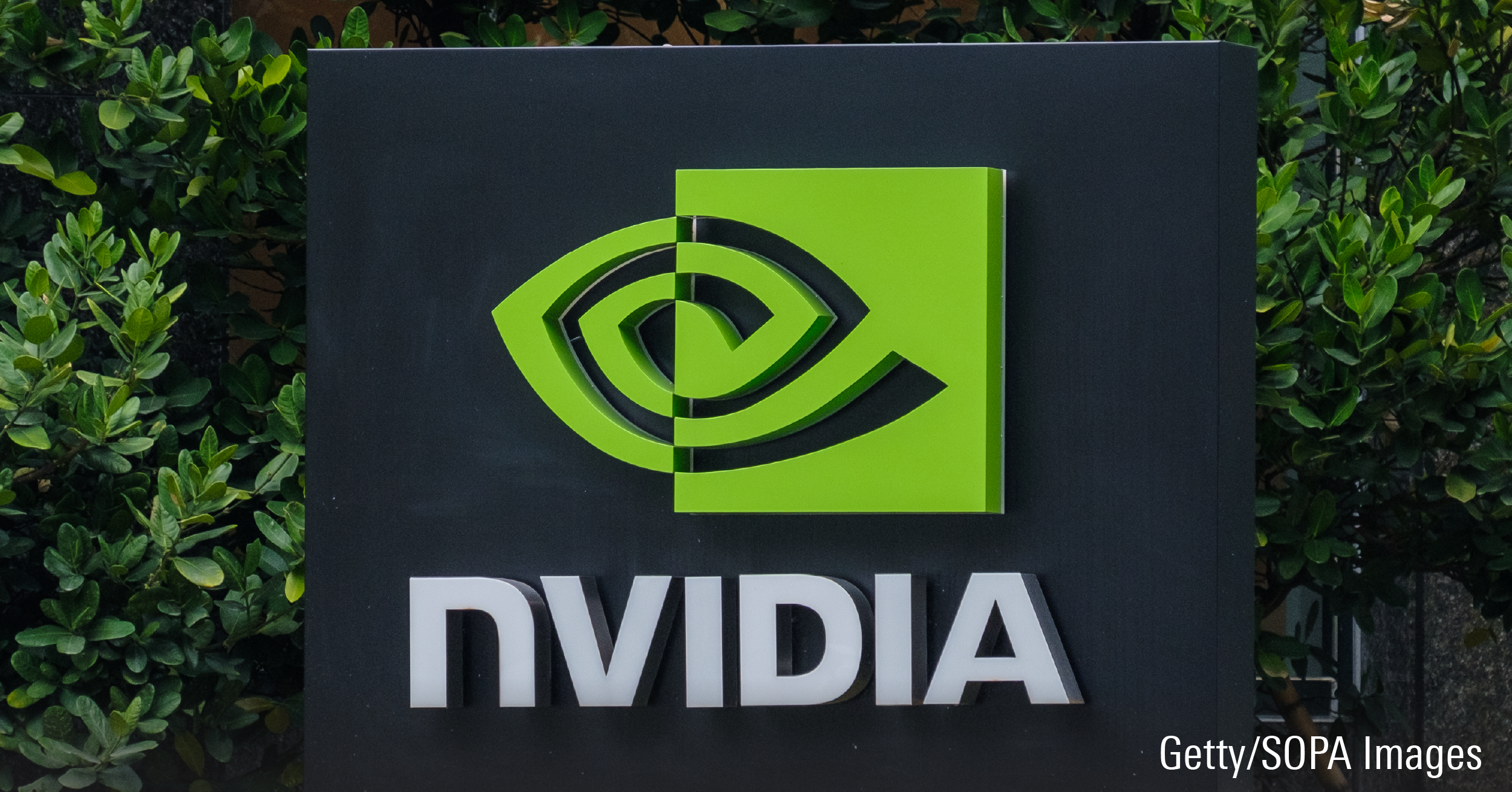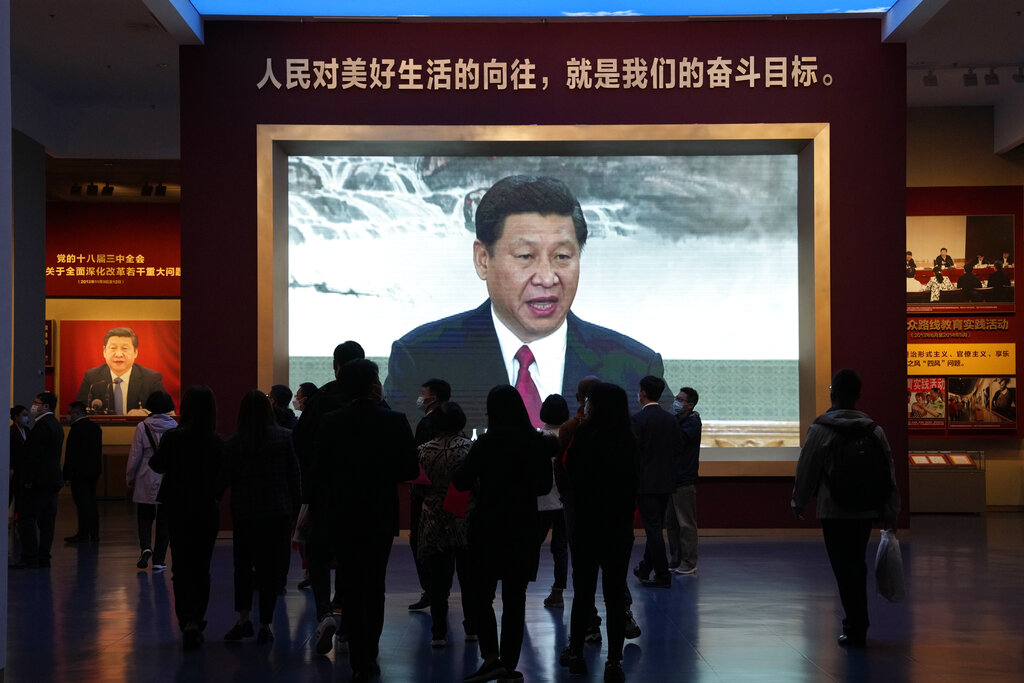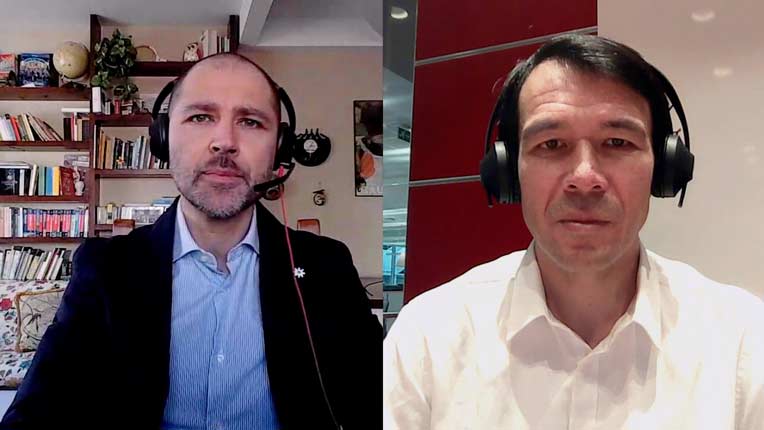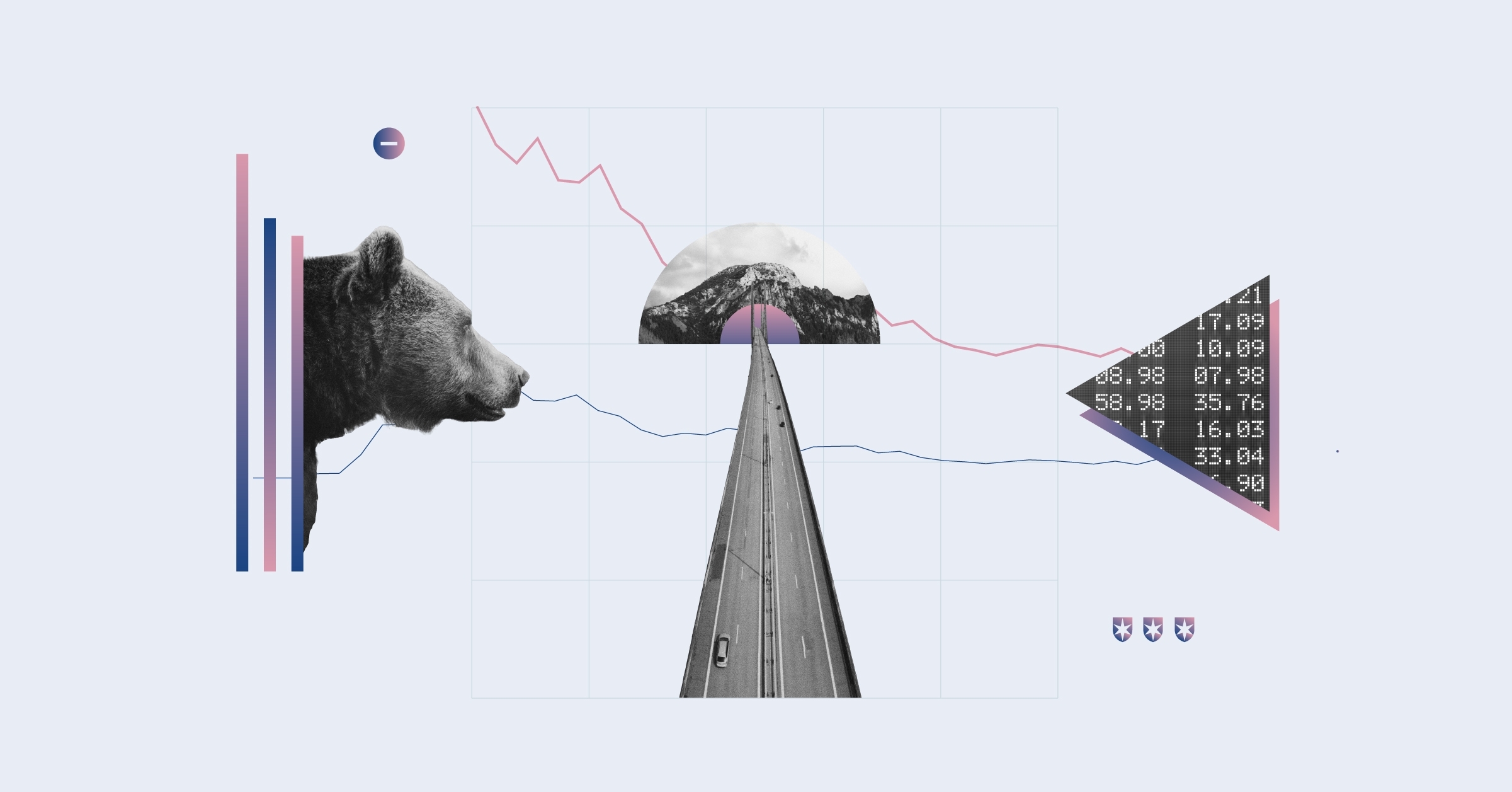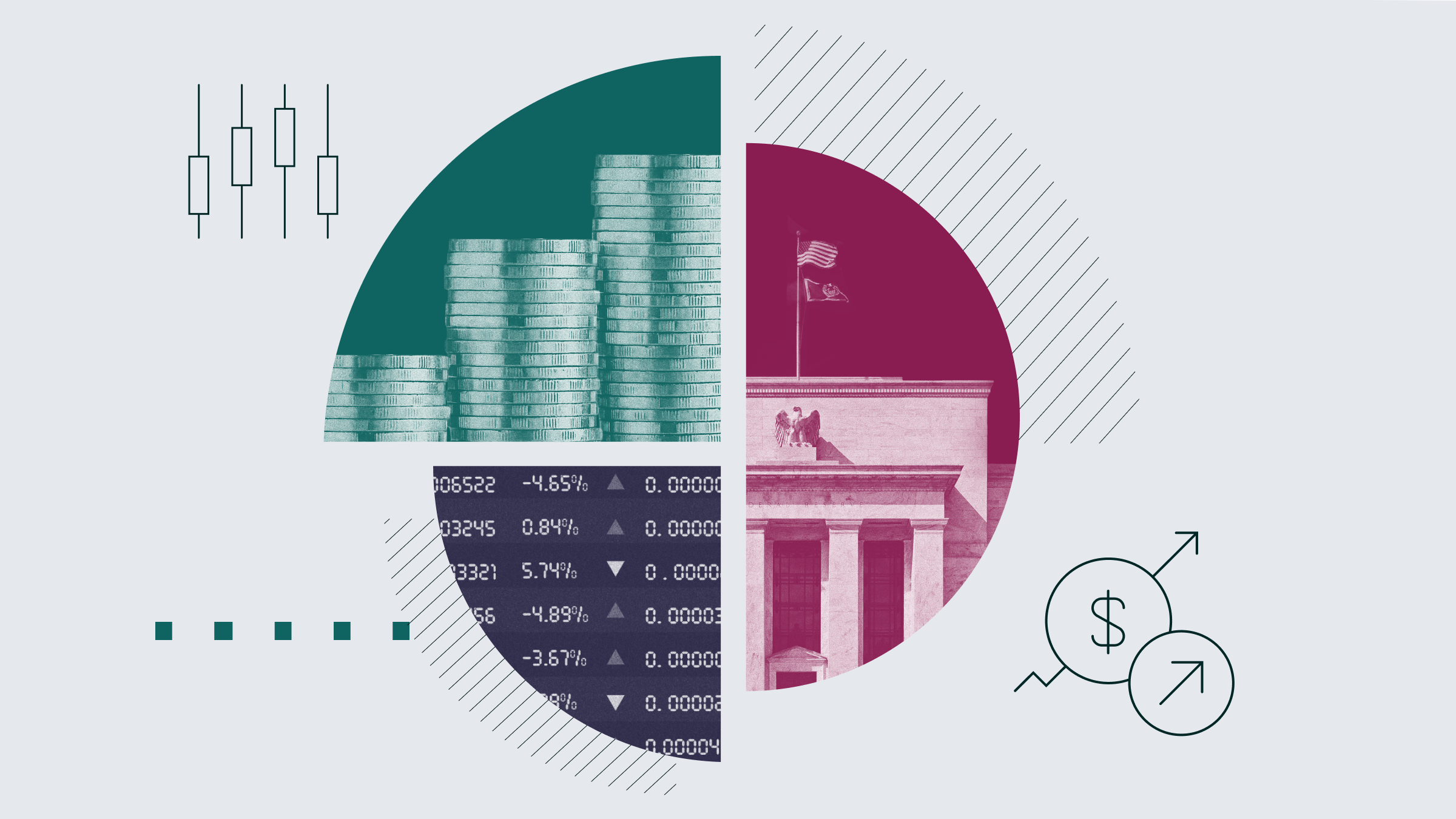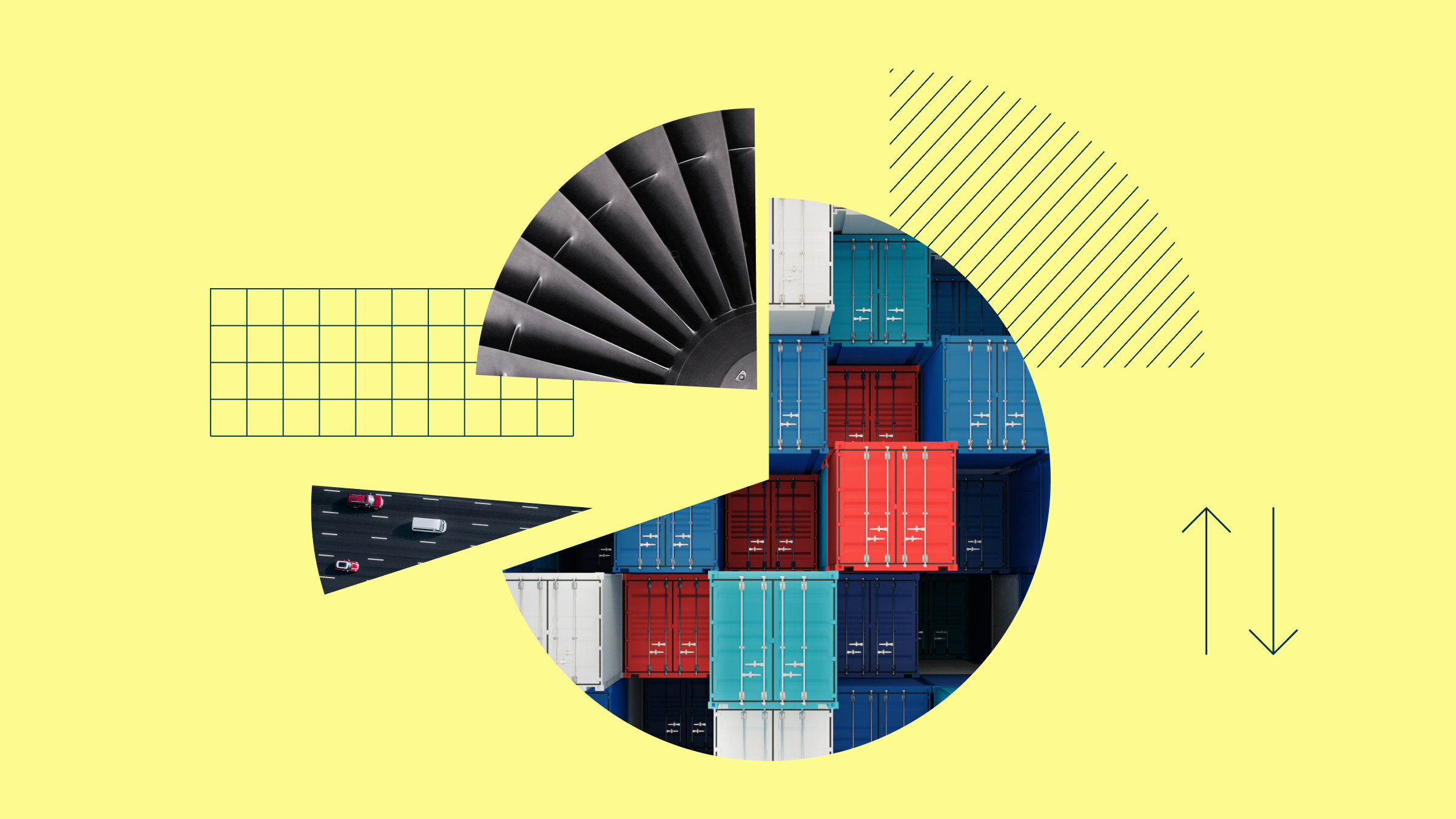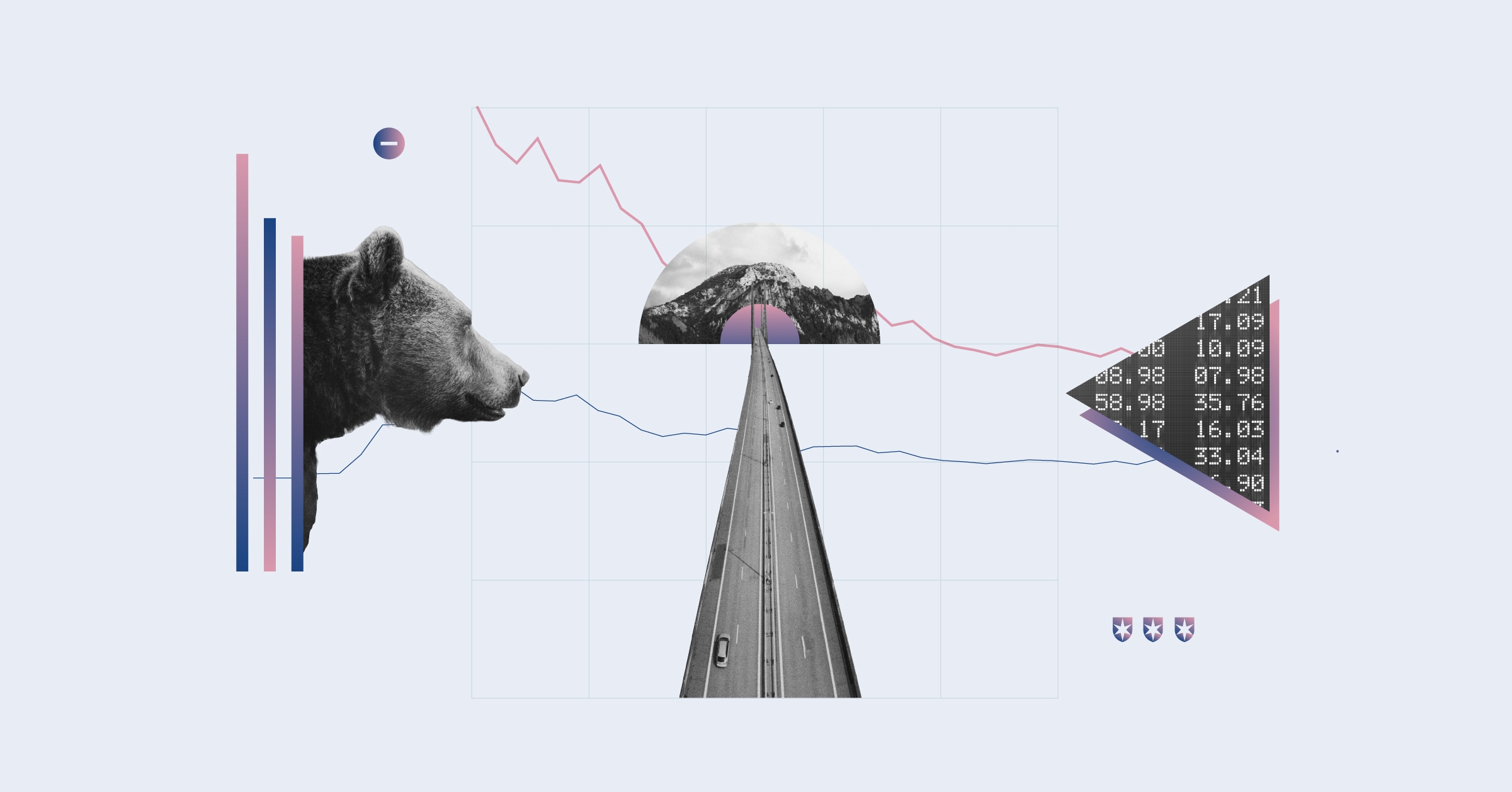Jeremy Glaser: For Morningstar, I'm Jeremy Glaser. Emerging markets have been in focus throughout 2014, but for the last couple of weeks China's growth has been under particular scrutiny. I'm here today with Bob Johnson, our director of economic analysis, to take a look at the data and see what a slowing China could mean for the U.S. and global economy.
Bob, thanks for joining me today.
Bob Johnson: Great to be here today.
Glaser: Let's start with putting this into context of how important China really is to the U.S. economy. We hear about these growth rates but don't really often talk about the full size of the Chinese economy. Just why do we care about these numbers?
Johnson: Let me talk broadly about China. I mean it is the world's second-largest economy, and if you look at the data that means they are extremely important. The U.S. economy is about $16 trillion a year. The eurozone's probably a little bit more than that when you put it all together. And then China is coming in next at kind of $8 trillion to $9 trillion range. So it's a very big economy, and it certainly has grown.
And certainly if you took it by single country, it is the second-largest economy. And in terms of import/export data, which is in importance to the rest of the world, interestingly in 2013, they surpassed the U.S. as being the largest world trade country. And that's adding the exports and the imports together. And that was about $4.1 trillion in 2013, just slightly ahead of the $3.9 trillion of the U.S. So they influence a lot of the world economy.
Glaser: But specifically from the U.S. perspective, how much of our gross domestic product comes from China?
Johnson: That's a very interesting question and in preparation for that, I looked back at some of the data. And it was kind of interesting. For years I've told people that China is about 1% of U.S. GDP. You really got to worry more about Europe, which is 3% of our GDP, and Canada and then Mexico are probably even a little bit more than that.
Looking at the data, China now has gone from about 1% of U.S. GDP to about 1.9% over the last three or four years. So it's more important than it used to be, but it's still not as important as the European Union, not more important than Canada, and about the same importance as Mexico.
<TRANSCRIPT>
Glaser: But that's still not something that can be ignored. There has been a lot of data recently that have shown potentially some significant slowing. We had some export data this week that didn't look that great. Can you talk a little bit about that?
Johnson: Sure. First of all, starting with this overall context of growth for China, the country at one point was growing at 10% to 12% annualized GDP rates. And that drove a lot of commodity demand and really made them a very important factor in anybody's growth plans, be it a business or a country. And that rate has been slowing. Last year, the Chinese economy grew 7.7%, which was the slowest since 1999.
The 7.7% sounds really great compared to the 2.4% that we saw for last quarter in the U.S. So it is certainly better than developed economies. But keep in mind they have to keep that growing because of their population growth and so forth. They need the higher rate of growth, but nevertheless that growth rate runs quite a bit higher.
Now you pose the question about what about this year. I think the thoughts are that the economy in China will slow a little further to maybe 7.5%. And some of the numbers we saw this last week or two have really indicated that the softening is a little bit worrisome. The last one was, as you mentioned, the export data, which measures everything they ship out. People were expecting their exports would be up 7% for February. Instead, they were down 18%.
And that's really unusual because their currency was down over that same point of time, which usually encourages a little bit more exports, which is why I think people were probably a little bullish on their numbers. But we almost think there must be a statistical goof or something, because it really was a big, big drop in exports. And if even only half of it were true, though, it doesn't bode well for the Chinese economy, which is more dependent on exports than our country is.
Glaser: You mentioned that weakness in the currency. Some of that seems to be being managed. Why is the central government trying to weaken the yuan? What are they getting at here?
Johnson: There are a couple of things going on there. One could be they do see the same weakness that we are all talking about right now and probably saw it a little bit sooner than we did. And maybe that's an attempt to help bolster the economy a little bit. And also they're trying to make the currency so it's not so much of a one-way bet. They've had a lot of people just make money knowing that each year it's going to up X percent and they race in and do the trades in the currencies and they all have automatic money laying around.
They're trying to make this more than a one-way trade, that the currency can go up or down and make it a real market not an artificial one. So that it can become a world-basket economy, like the U.S. economy.
Glaser: And is that having an impact, do you think, on their growth right now?
Johnson: It really hasn't had a big impact yet. I think, in terms of the big economic things that affect China, I think right now the bigger concern is what are they doing with the lending and the debt? It is probably a little bit more important than what they are doing with the currencies. And certainly they have seen it go hot and cold on their lending situation. We had a situation in last June and last December where the things got incredibly tight.
People had a hard time refinancing some of their debt. And then at other times they seemed to loosen up again. But the general feeling is that they want a slightly tighter environment. Debt has gone from 125% of GDP, to something that looks more like 200% of GDP over the last four or five years. So clearly it has gone up. A lot of the growth that we have seen, as we often complain about here in the U.S., is financed by debt. And so that's certainly of a concern, too.
And they seem to be tightening up just a little bit. The government debt is still relatively liberal. But they are trying to clamp down on their so-called shadow banking system--some of the other lending companies, loan companies, investment companies, where you can get money, not just the bank down the street, which tends to be more reserved for the big government-owned companies.
Glaser: How about inflation, and what's that running at right now?
Johnson: Yes. That's the other thing that people are worried about. I was trying to put a package of data together and saw that exports are weak and then the inflation data came in a little soft, which is usually good news because it means consumers have more money in their pockets to spend. But the bad news is it probably means there is some excess supply out there that we all didn't really understand or know about.
Glaser: How does the manufacturing sector look? Is that still performing well?
Johnson: No, as a matter of fact. And that's one of the other areas. The concern there has actually been building for some time. The HSBC purchasing managers' survey has been trailing down for some time and is now under that 50 mark, which means more companies are reporting shrinkage than gains. So that's rather worrisome, and the trend has been rather persistent and rather low.
Now this week we also got data, the official government data that collects the same type of data but focuses more on the large government-owned entities, also slipped. It's still above that 50 mark. But we've gone from 51 and change to just barely over 50. So clearly there is some softening that's turned up in the manufacturing data, as well.
Glaser: Let's take a look at the bigger picture then. It sounds like that the Chinese government is trying to liberalize the economy a little bit and make this move from this really investment-led economy to more of a consumption-led economy. In your view how is that going, and would you expect it just to create more of this bumpy data? Is it just not going to be a very smooth ride looking out over the next few years?
Johnson: I agree. It's going to make the ride a little bit bumpier. They are going to have their ups and downs, and they are going to have to fine-tune it because whatever they want to do, they don't want inflation to get too far out of control, and they don't want anything bad to happen on the employment front that causes people to be very unhappy. Those are what they are trying to drive between.
And they don't want growth that's so high that uses up a ton of resources where they end up being very wasteful, creating a ton of pollution, which means more downtime for the businesses and gets to be a bad thing, as well. I think the growth isn't what it was, which is probably what they wanted. Would like to see more consumption growth right now, and would like to see an overall stronger economy without taking quite so much debt? Probably.
But I think that long term, the 7.5% number is probably not a good long-term sustainable number as their population ages and more people retire. I think that number will come down over time. And people that think were, going back to a 10% to 12% growth rate, are mistaken. And people that are counting on China for growth over the next two or three years, I think they're also just as mistaken.
Glaser: Bob, thanks for your thoughts on China today.
Johnson: Thank you.
Glaser: For Morningstar, I'm Jeremy Glaser.






